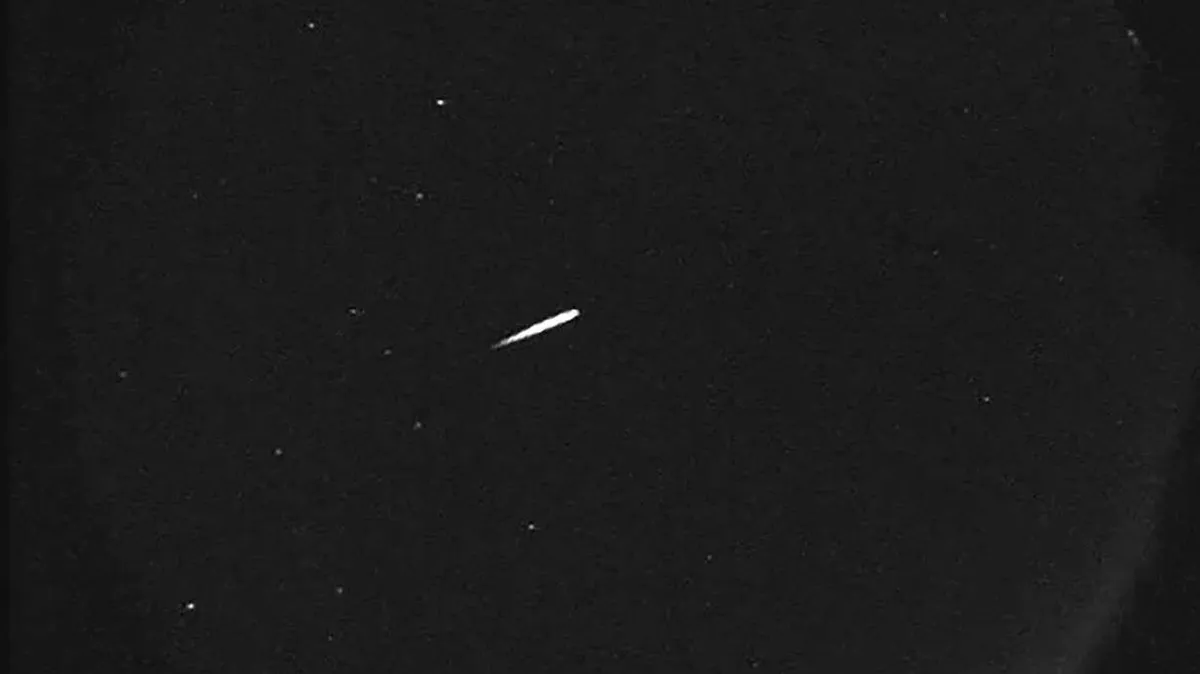
ST. PAUL, Minn. — The Orionids, one of the two significant meteor showers originating from the remnants of Halley's Comet, will reach its peak during the arrival of a new moon. This celestial event offers an excellent opportunity to witness stunning shooting stars without the interference of bright moonlight. According to Thaddeus LaCoursiere, the planetarium program coordinator at the Bell Museum in St. Paul, Minnesota, viewers can expect to see up to 20 meteors per hour under ideal conditions during the peak on Tuesday morning. The viewing period for the Orionids will last until November 7. Weather permitting, this promises to be a fantastic show, LaCoursiere noted.
Halley's Comet makes its close approach to Earth every 75 years, leaving behind debris that leads to two major meteor showers annually. The Orionids are known for occasionally producing bright trains—those lingering streaks of light in the sky—adding to the awe of the display, LaCoursiere explained. Here’s everything you need to know about the Orionids and other captivating meteor showers.
A meteor shower occurs as Earth orbits the sun, passing through debris left by comets and sometimes asteroids. The Orionids are specifically caused by debris from Halley's Comet. When these fast-moving space rocks enter Earth's atmosphere, they encounter air resistance, which generates intense heat, ultimately causing them to burn up. This process can create a brief glow in the surrounding air, resulting in the fiery tails often associated with shooting stars.
You don't need any special equipment to enjoy the annual meteor showers; simply find a location away from city lights for the best experience.
The optimal time to watch a meteor shower is generally after midnight or during the early predawn hours. During these times, there tends to be less interference from moonlight, which can obscure your view. Competing light sources—like a bright moon or artificial lights from nearby areas—are the main challenges to a clear meteor viewing experience. For the best chances of spotting meteors, aim for cloudless nights when the moon is at its smallest phase. And remember, keep your gaze directed upwards rather than downwards; your eyes will be better prepared to catch the shooting stars if you avoid distractions like checking your phone.
The next major meteor shower on the calendar is the Southern Taurids, which is expected to peak in the early hours of November 5, coinciding with a full moon. As always, planning your viewing around the lunar phases can significantly impact your meteor-watching experience.